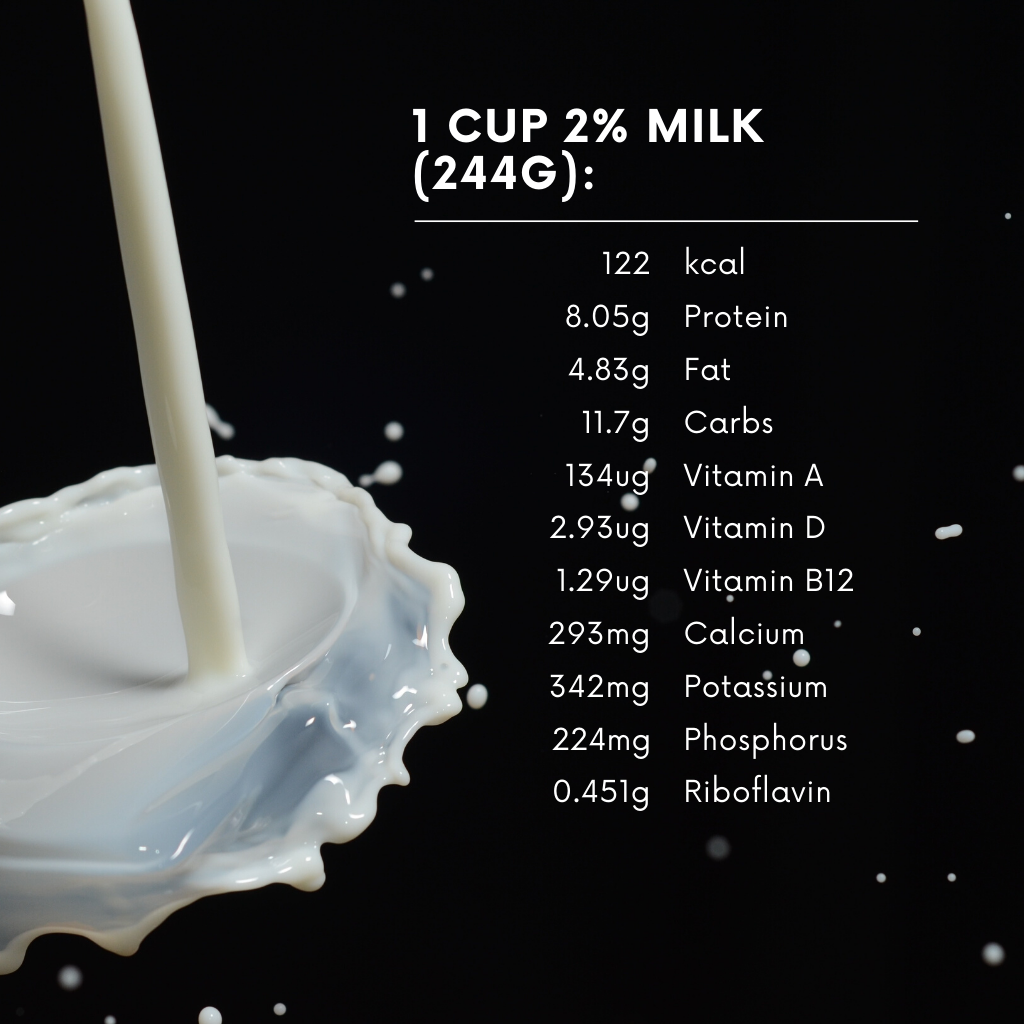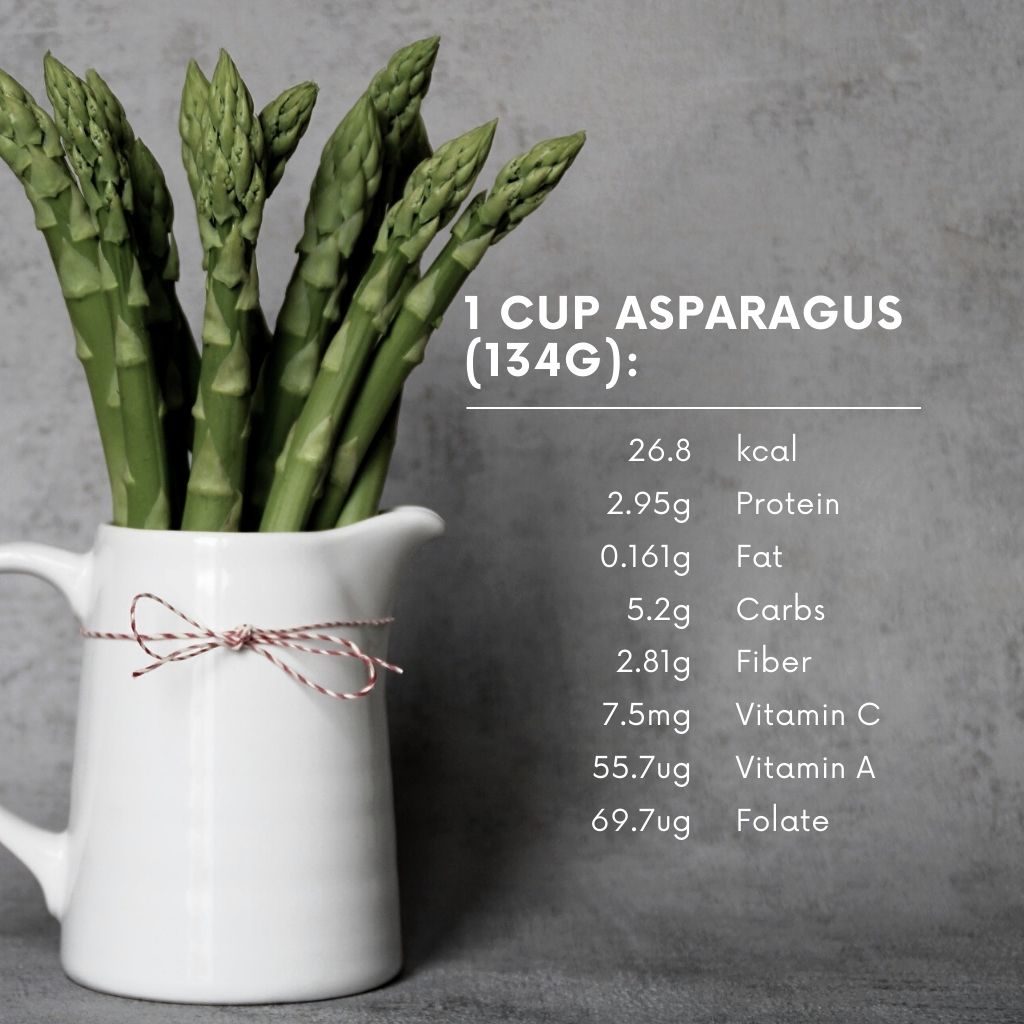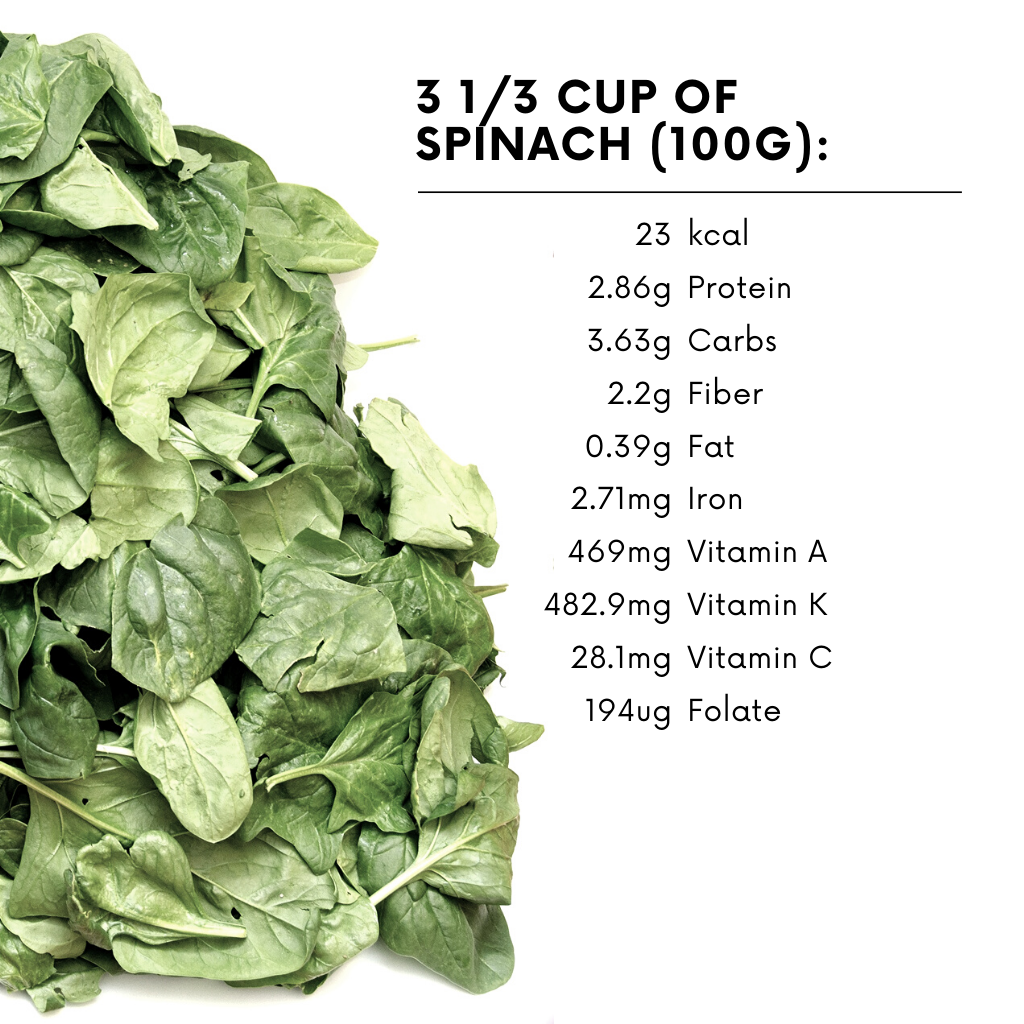Almonds are a great source of protein and are an easy way to incorporate healthy fats into your diet! While almonds don’t grow well in Texas, they thrive in the growing conditions of California. California is the leading almond producer in the world, and almonds are the second most valuable commodity for the state after dairy.
Almond trees are similar in appearance to peach trees and are grown in the same way. Almond trees need well drained, fertile soil that is free of weeds. The trees produce a fruit that resembles a peach, and the pit of the fruit is eaten as a nut.
The USDA cites the many benefits of almonds as part of your diet, including vitamin E, folic acid, calcium, and magnesium.
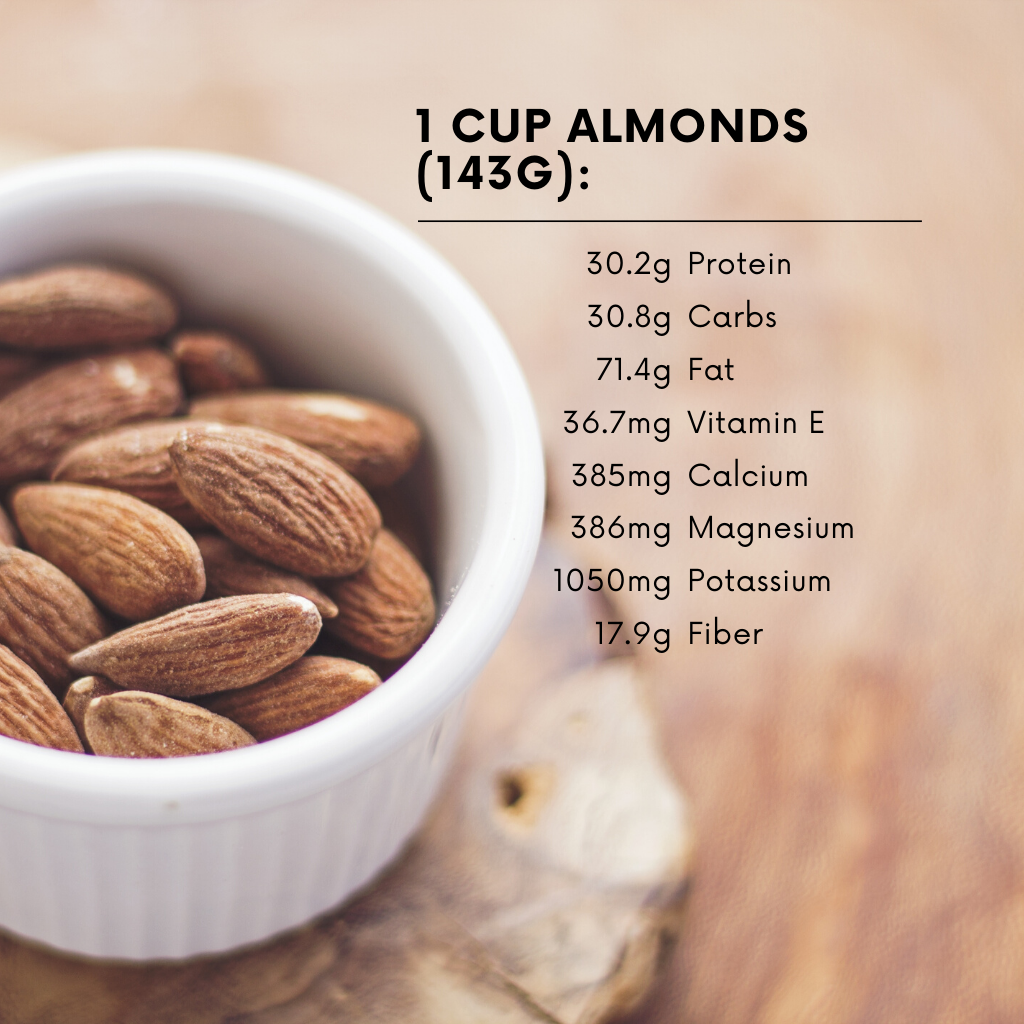
Almonds are a versatile crop that can be included in many different ways at mealtime. Whole almonds can be eaten alongside berries as a filling snack, slivered almonds can be used as a salad topping, and almond butter can be spread on whole grain toast or included in smoothies for a healthy breakfast. AgriLife Extension’s Dinner Tonight has utilized almonds in great recipes like Peanut Butter Chocolate Trail Mix Bites and Strawberry Spinach Salad with Feta.
To find more nutritious almond recipes, visit dinnertonight.tamu.edu/.
Extension Specialist
Contact: Dr. Larry Stein
Phone: (830) 278-9151
Email: larrystein@tamu.edu
